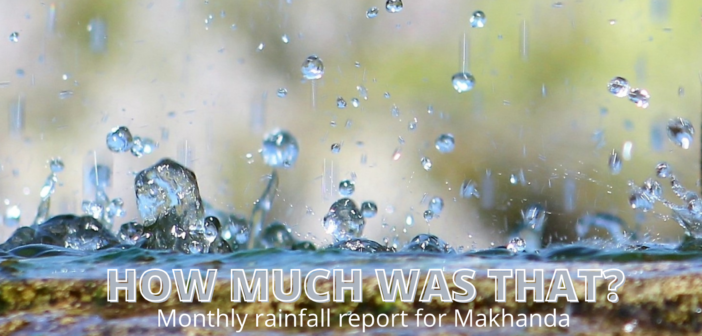By ROGER ROSWELL
It’s looking promising for good rains for the Spring season.
At Darling Street, the monthly total was 48.4mm over nine raindays. This is slightly better than the LTMed at 45.1mm but has not quite achieved the LTA at 52.7mm. Since June, the monthly rainfall has been steadily on the increase.
The lowest rainfall recorded for September in 36 years (1986-2021) was 1.4mm (2013) and the highest 170.8mm (2002). About 60% of the September monthly rainfall has been in the range of 0mm to 50mm.
I have compared this year’s monthly rainfall in Darling Street with the 1922 monthly rainfall of the Old Gaol in Somerset Street. In November 1922, Grahamstown experienced a deluge of rain (see graph below) classified as a ‘100-year flood’. A similar flood occurred in October 1823. This makes the period of the ‘cycle for floods’ 99 years. If the cycle is 99 years, we are due for hefty rains in either October or November this year. Be prepared!
In the 24 September 2021 issue of Farmers Weekly, an independent agricultural meteorologist Johan van den Berg mentions that “the initial expectation (Farmers Weekly 3 September 2021) was that a weak La Nina event would form, but the latest climate models are suggesting that it could be of relatively the same strength as last spring season (i.e. -1.2 to -1.3 – moderate)”.
A moderate La Nina event combined with a negative Indian Ocean Dipole phase bodes well for the summer rainfall season, with rainfall expected to exceed the median between October to January. He also said there was a high probability that the drought in the Eastern Cape could be broken over the next few months. This is my view as well.
The ONI value for August and September are still to be released and I suspect that the value for July, -0.4, might be revised to -0.5 or -0.6 kicking off the new La Nina event. This happened in 2011 when Grahamstown received 101.4mm (Oct), 162.8mm (Nov) and 65.0mm (Dec).


